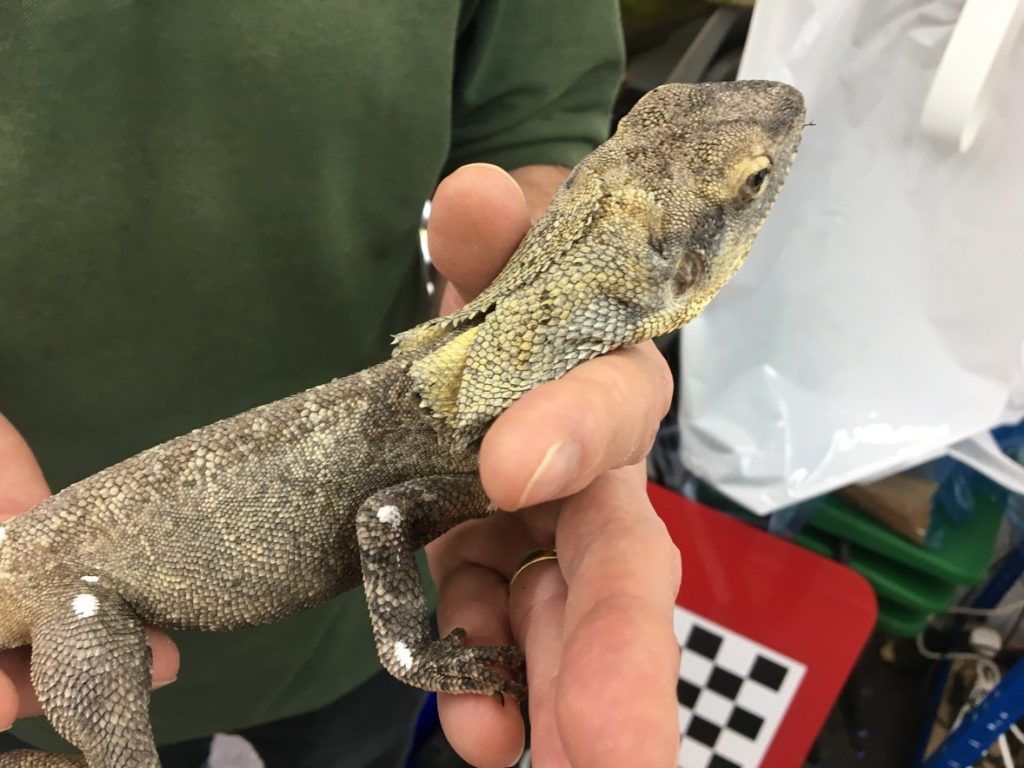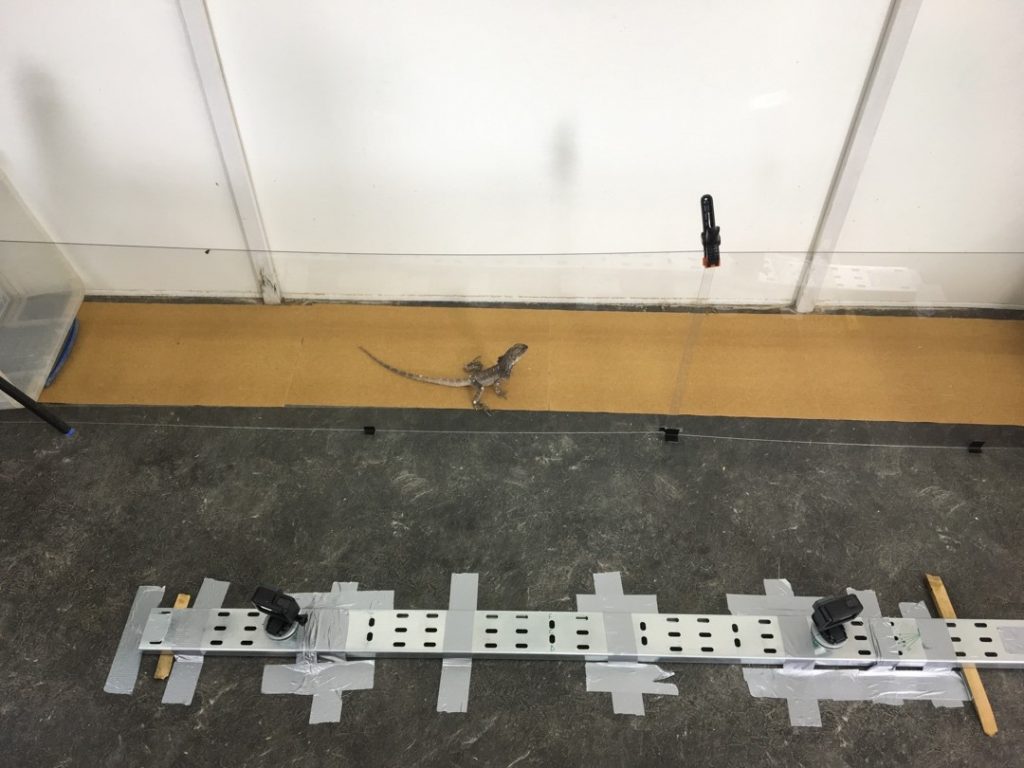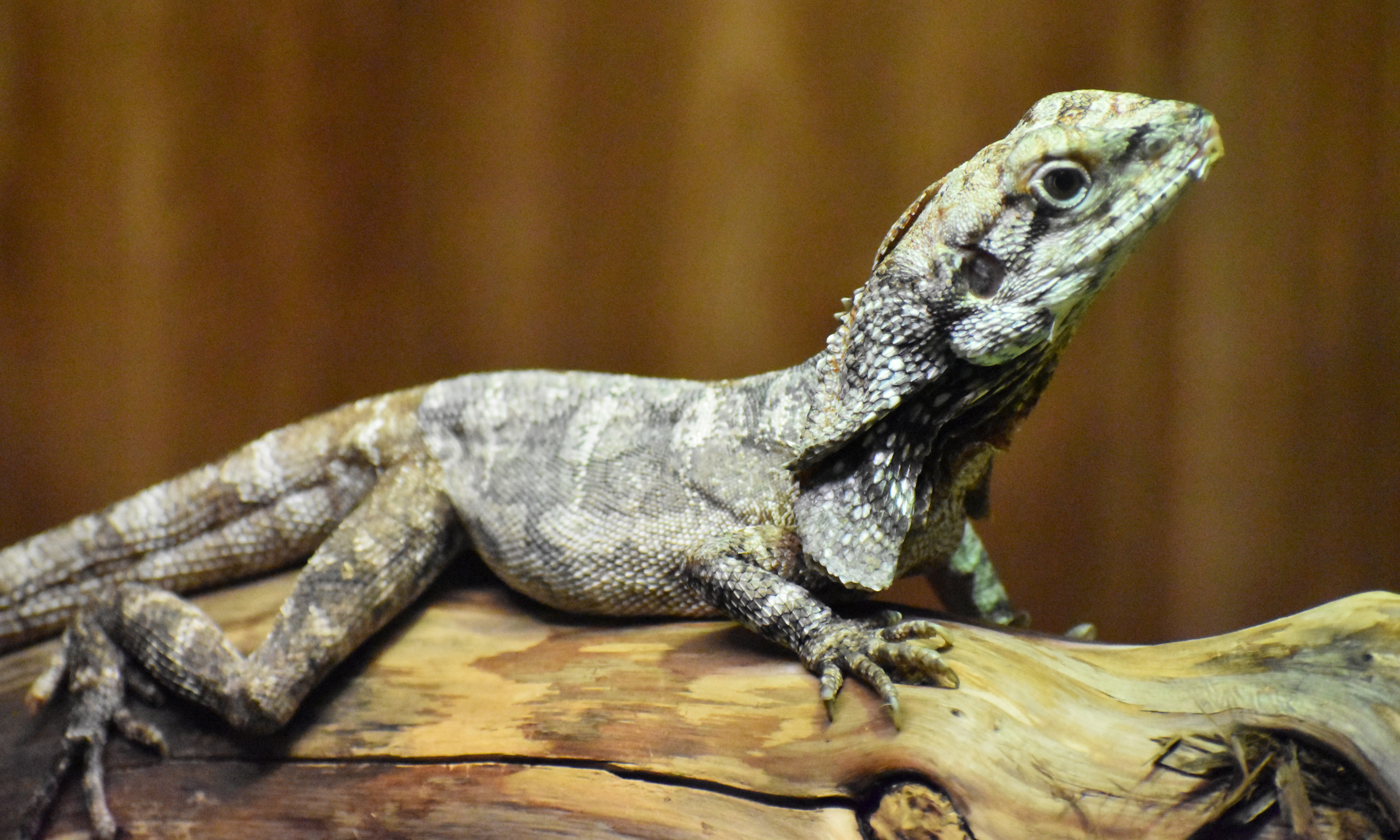Evolutionary biomechanist and NERC DTP PhD student Luke Grinham’s research focuses on the evolutionary transition from a quadrupedal style of movement to a bipedal one in reptiles.
I tend to take two different but complimentary approaches to answering my research questions: observations and interpretations of fossil material, and musculoskeletal anatomy and biomechanics of living reptiles. These two directives frequently inspire and inform findings in each other. I’ll give a brief overview what I tend to do here!
For the palaeo side of my work, I’ve recently been tracking bipedality through the fossil record, attempting to pinpoint the point where archosaurs (that’s the group including crocodiles, birds and all their extinct relatives) and similar creatures were experimenting most with bipedal locomotion. This can be challenging to interpret, given that often fossils are poorly preserved or hard to interpret. Largely, I spend a lot of time looking at monographs and fossil descriptions and seeing how past palaeontologists have interpreted their discoveries. There’s more to come on this work in the coming months, so watch this space!
The extant (living creature) side of my work draws more on my expertise developed prior to joining the Earth Sciences department where I perform experiments to investigate animal movement. Most recently, I was working with Chlamydosaurus kingii, the frilled lizard, and observing its facultatively bipedal behaviour. Usually, this reptile climbs branches or walks around on four limbs, but under certain circumstances it will sprint on just its hindlimbs!

Using high speed video cameras and some fancy mathematics, I can record the lizards running in three dimensions, and reconstruct their movements in silico. The animation below shows an example output. Chlamydosaurus joints are tracked in three dimensions; first shown from the side, then from below.
From these reconstructions, I can learn more about what their bodies are doing during this physically demanding behaviour. This kind of information includes things such as limb angles at different times during the stride, the amount of time their limbs are spending in contact with the ground, and how fast they are moving. I can then combine this with anatomical information from various reptile species and pinpoint what anatomical specialties relate to bipedal running.

Data gathered from these experiments can be used to not only understand the motions of these living creatures, but can also be used to inform hypotheses about extinct animals. This composite approach to palaeontology is becoming the norm for the field – ideas born from interpretations on extant animals are far more reasonable than those based on just fossil description!
Luke Grinham PhD student
To stay up to date with Luke’s work, follow him on Twitter @LukeGrinham.
Featured image from Laura Wolf/Flickr with a CC BY 2.0 license.


